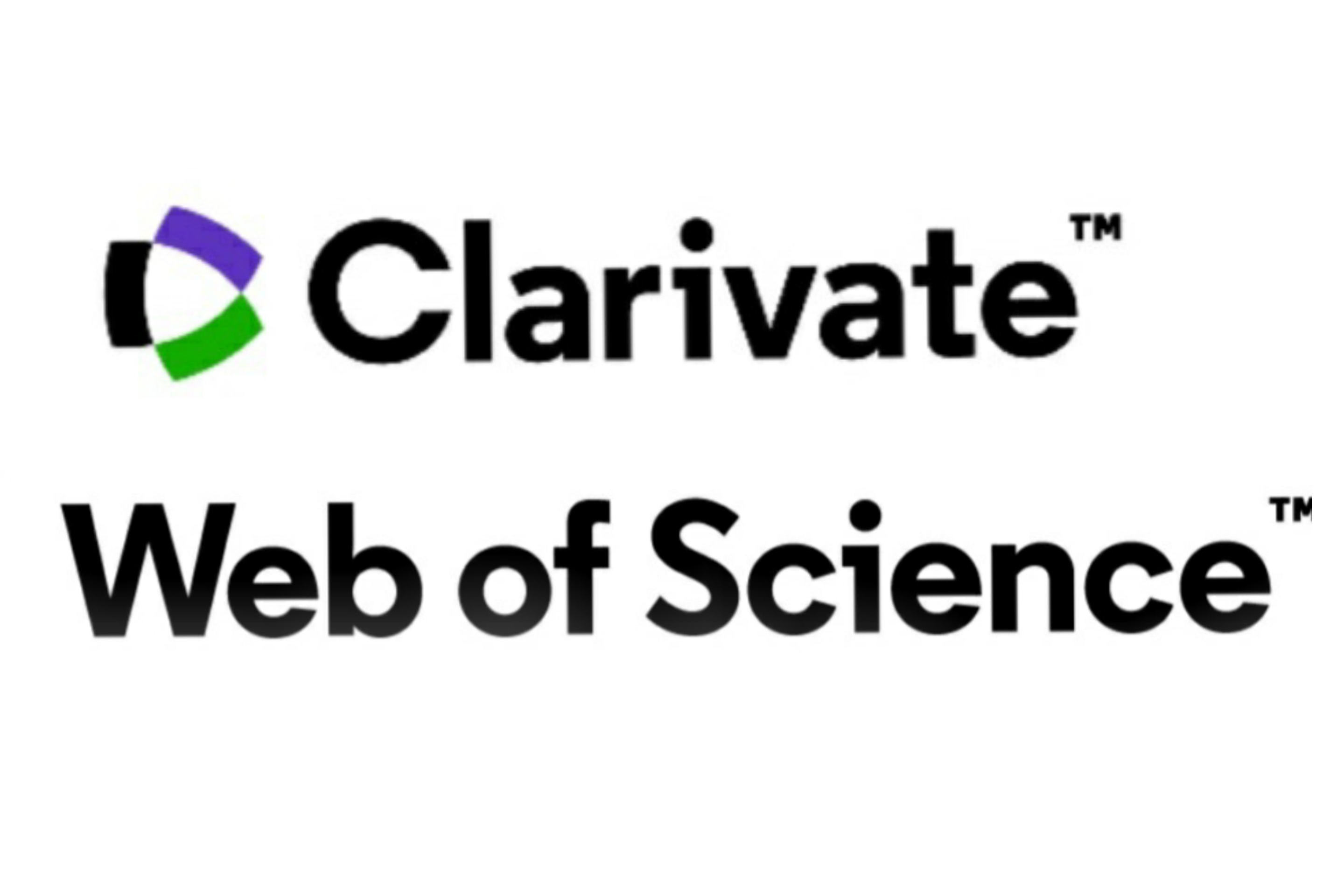MODEL FOR PROCESSING IMAGES OF ONLINE SOCIAL NETWORKS USED TO RECOGNIZE POLITICAL EXTREMISM
DOI:
https://doi.org/10.26577/JMMCS2023v119i3a8Keywords:
social networks, detection of political extremism, images, contrast correction, wavelet analysisAbstract
The scientific research is devoted to solving the important scientific and practical problem of recognizing calls for political extremism in online social networks, which today, due to their high popularity, are one of the main ways of spreading such calls. It is shown that modern means of detecting calls for political extremism in online social networks are mainly focused on the semantic analysis of text messages contained in them. At the same time, in modern online social networks, graphic resources have become widespread, which provide ample opportunities for the implementation of such calls. The possibility of detecting destructive content in images and video materials using neural network analysis is considered. The possibility of increasing the efficiency of neural network recognition has been determined due to the developed image pre-processing model, which makes it possible to adjust the brightness and contrast of images, as well as eliminate typical interference during video recording. The originality of the model lies in the use of a wavelet transform apparatus for filtering typical noise, as well as in the developed mathematical apparatus for adaptive contrast correction based on the local contrast of the neighborhood. It is shows that the use of the developed model for pre-processing images makes it possible to increase the accuracy of neural network recognition of calls for extremism in images and videos posted on online social networks by approximately 12 percent. It is advisable to correlate the paths for further research with the development of a neural network model adapted to the wide variation in the sizes of images and videos in online social networks.
References
https://unesdoc.unesco.org/ark:/48223/pf0000260382/PDF/260382eng.pdf.multi
https://www.sciencedirect.com/science/article/abs/pii/S0736585320300046
https://www.sciencedirect.com/science/article/pii/S2666307423000025
https://www.sciencedirect.com/science/article/abs/pii/S0736585323000357
https://www.sciencedirect.com/science/article/abs/pii/S1568494623002557
https://www.worldscientific.com/doi/10.1142/S021964922350003X
O. Oksiiuk, L. Tereikovska and I. Tereikovskiy, "Determination of expected output signals of the neural network model intended for image recognition", 4th International Scientific-Practical Conference "Problems of Infocommunications Science and Technology", Ukraine, Kharkiv. October 10–13, 2017.
H. Zhengbing, I. Tereykovskiy, L. Tereykovska, V. Pogorelov, "Determination of structural parameters of multilayer perceptron designed to estimate parameters of technical systems ", Intelligent Systems and Applications, 10 (2017): 57–62.
Z. Hu, I. Tereykovskiy, Y. Zorin, L. Tereykovska, "Optimization of convolutional neural network structure for biometric authentication by face geometry ", Advances in Intelligent Systems and Computing, 754 (2018): 567–577.
L.O. Tereikovska, Metodologiya avtomatizovanogo rozpiznavannya emociynogo stanu sluhachiv sistemi distanciynogo navchannya, dis. dokt. tekhn. nauk, 05.13.06. Kiyv (2023): 395.
https://www.undp.org/sites/g/files/zskgke326/files/publications/Discussion%20Paper%20- %20Preventing%20Violent%20 Extremism%20by%20Promoting%20Inclusive%20%20Development.pdf
https://library.oapen.org/bitstream/handle/20.500.12657/58012/1/book.pdf
I. Kurilin et al., "Fast algorithm for visibility enhancement of the images with low local contrast " , IS&T/SPIE Electronic
Imaging. International Society for Optics and Photonics, (2015): 93950B-93950B-9.
J.R.R. Uijlings et al., "Selective search for object recognition" , International journal of computer vision, 104 (2) (2013):
–171.
https://www.osce.org/files/f/documents/2/2/400241_1.pdf
https://www.researchgate.net/publication/312336397_Preprocessing_for_image_classification_by_convolutional_ neural_networks
K.K. Pal and K.S. Sudeep, "Preprocessing for image classification by convolutional neural networks" , IEEE International Conference on Recent Trends in Electronics, Information Communication Technology (RTEICT), (2016): 1778–1781.
https://www.sciencedirect.com/science/article/pii/S0141118722003352
https://www.researchgate.net/publication/365726702_Bilinear_and_Bicubic_Interpolations_for_Image_Presentation_ of_Mechanical_Stress_and_Temperature_Distribution
M. Soliman, M. Kamal, M. Nashed, Y. Mostafa, B. Chawky, D. Khattab, "Violence Recognition from Videos using Deep Learning Techniques", Proc. 9th International Conference on Intelligent Computing and Information Systems (ICICIS’19), Cairo, (2019): 79–84.
S. Toliupa, I. Tereikovskyi, L. Tereikovska, S. Mussiraliyeva and K. Bagitova, "Deep Neural Network Model for Recognition of Speaker’s Emotion", IEEE International Conference on Problems of Infocommunications. Science and Technology (PIC S&T), Kharkiv, Ukraine (2020): 172–176. Doi: 10.1109/PICST51311.2020.9468017.
Sh. Mussiraliyeva, K. Bagitova and D. Sultan, "Social Media Mining to Detect Online Violent Extremism using Machine Learning Techniques" , International Journal of Advanced Computer Science and Applications (IJACSA), 14(6) (2023). http://dx.doi.org/10.14569/IJACSA.2023.01406146
Sh. Mussiraliyeva, M. Bolatbek, B. Omarov & K. Bagitova, Detection of Extremist Ideation on Social Media Using Machine Learning Techniques (2020). Doi: 10.1007/978-3-030-63007-2_58.














